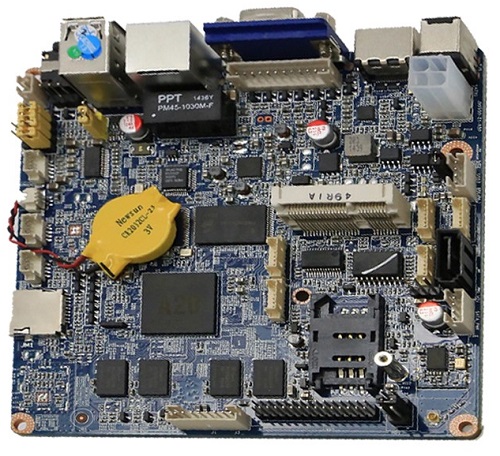We'll compare the advantages of multi-layer versus single layer PCBs. Multi-layer PCBs offer a number of critical benefits, including:
High Assembly Density
The density of multilayer PCBs can be increased by layering. The increased density allows greater functionality, speed, and capacity despite the smaller PCB.
Smaller Size
Multi-layer PCBs have a smaller overall size than single-layer ones. Multi-layer PCBs can increase the surface of the circuit without increasing its size. Single-layer boards must increase their surface by increasing their size. Multi-layer PCBs can be used in smaller products, but larger single-layer boards must be installed on larger devices.
Lighter Weight
Multilayer boards can reduce the number of connectors, and therefore weight. This is a great solution for electrical applications that require complex wiring. Multi-layer boards can do the same work as multiple single layer PCBs but in a smaller format and with fewer connecting parts, reducing weight. It is important to consider this when designing electronic products that are lighter.
Multi-layer PCBs offer more design capabilities than single-layer ones. Multi-layer PCBs are able to achieve more despite their small size and light weight, by incorporating greater controlled impedance capability, greater EMI shielding and improved overall design quality.

Yt-electronic: So, what are these factors when deciding whether to use multi-layer or single-layer structures. If you're producing a complex, small device that is lightweight and requires high quality, then a multilayer PCB could be the best option. If weight and size are not important factors for your product, then a double-layer or single-layer PCB may be a more cost-effective design.









